Several people have expressed interest in getting Parkinson’s Tulip badges – either for themselves or for fund-raising. This is surprisingly difficult and complex, and this page discusses the issues and what I view as the best options. I do not have any financial interest in any of the options described.
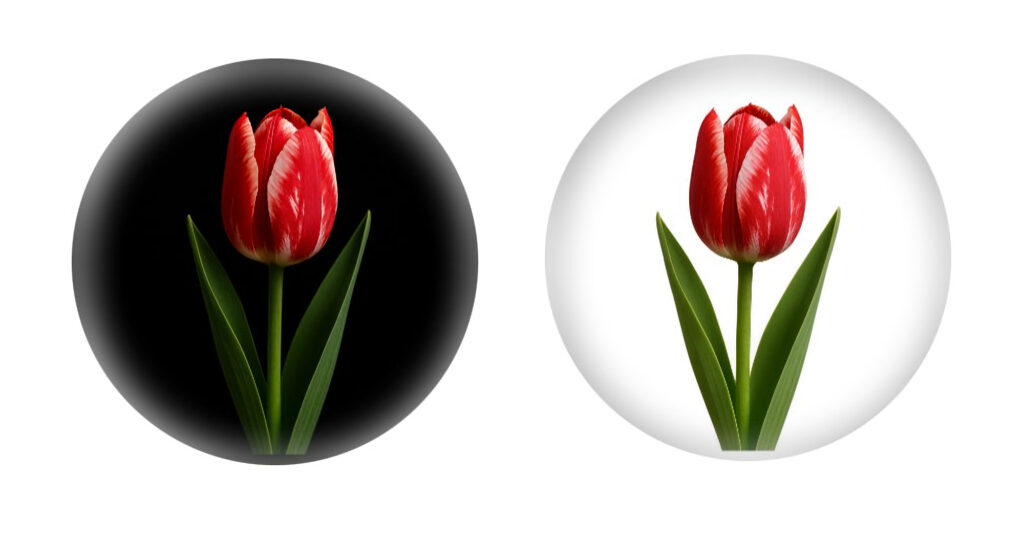
If you want to get a badge without reading all the preamble—though, I recommend you do—just scroll down to “How to get a badge” at the bottom. The sections on this page are:
- A description of the Parkinson’s Tulip
- Some current representations/symbols in use
- The issues involved in getting or producing a badge
- Copyright free options for personal or fund-raising use
- How to get a badge
The Parkinson’s Tulip
In 1981, during the International Year of Disabled Persons, Dutch horticulturist J.W.S. Van der Wereld — himself living with Parkinson’s disease — cultivated a unique and striking new tulip variety.1 The petals are pinkish-red with a delicate white feathering around the edges:
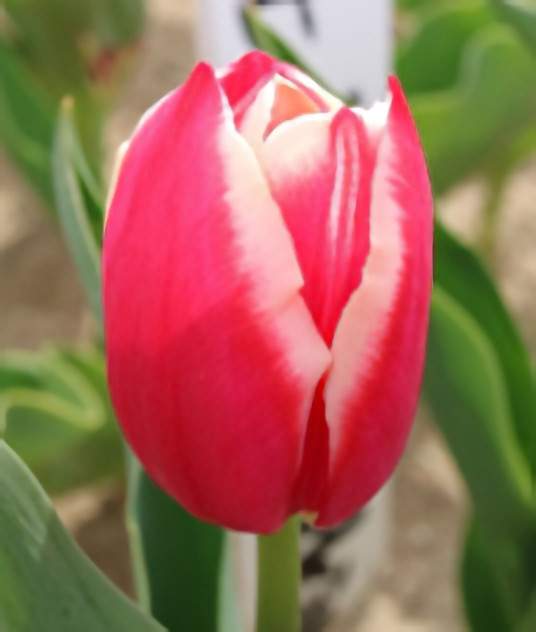
Source: https://laidbackgardener.blog/2018/09/13/red-tulips-for-parkinsons/
Van der Wereld named his creation the Dr James Parkinson Tulip, paying tribute to the British surgeon and apothecary who, in 1817, first described the condition that would later bear his name. Since then, the tulip has been adopted globally as a symbol of Parkinson’s awareness.
Symbols in use
The Parkinson’s Tulip has been integrated into a number of symbols that are used by various organisations and regions to raise awareness of the disease. Some of these include:
 | This symbol was designed by the late artist Karen Painter, who died from complications of Parkinson’s Disease having suffered from it for 20 years. Her design features a vibrant red tulip with leaves in the shape of “PD”. Her design was adopted primarily in North America. |
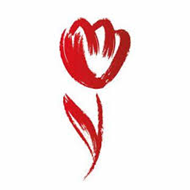 | Parkinson’s Europe adopted a distinctive monochrome-red tulip design that subtly alludes to the white flashes seen in the original Dr James Parkinson tulip. |
 | Parkinson’s UK opted to integrate the tulip into the shape of a “P”, creating a modern, stylised symbol that subtly references both the name of the condition and the traditional tulip motif. However, they opted to use a shade of blue, rather than the colour of the original tulip. |
 | The Parkinson’s Foundation also use a shade of blue in their symbol, and they do not use the tulip. |
 | The Michael J Fox Foundation uses a symbol that is related to the founder rather than the tulip. |
The above symbols are a sample only. There are other symbols in use throughout the world to represent Parkinson’s Disease or organisations related to it.
Issues
The fact there is a plethora of symbols to represent Parkinson’s is itself a problem. It undermines the cause of awareness and recognition of the condition. For comparison, there is a universally recognised symbol for breast cancer which has contributed greatly to awareness of the condition. For Parkinson’s there is not such a recognisable image – though, for most (but not all) symbols currently in use, there is an underlying theme of the Parkinson’s Tulip that was cultivated in 1981 by J.W.S. Van der Wereld.
Another problem, when purchasing a badge, is that we don’t know where the profit goes. If a production company manufactures a badge, they rightly deserve to be paid for their efforts. But if there is a profit being made on top of the production profit, does it go to a Parkinson’s charity? None of the Parkinson’s organisations sell badges or lapel pins, so for the badges currently available the profit would appear to go elsewhere.
Also, most of the symbols represent a Parkinson’s organisation or region of the world, rather than being a generic, globally accepted image. Also, none of the symbols seem to be copyright-free or placed within the public domain. This becomes an important issue if one wants to produce one’s own badge, or a badge to raise funds for a Parkinson’s Charity.
Finally, none of the symbols accurately reflect the tulip that was cultivated by Van der Wereld. They are stylised versions of it, missing the white flashes on the edges of the petals.
Copyright-free options
Since the symbols currently in use are not copyright-free, the only risk-free option for producing badges—whether for personal use or fundraising—is to use an alternative image that is explicitly in the public domain. This ensures the badge design is both legitimate and safe to use.
To this end, I generated the three images of the Parkinson’s Tulip below, with the help of AI . To make them copyright-free, I (Steve Myers) released them into the public domain on 23rd July 2025 using the Creative Commons CC0 1.0 Universal licence, described at https://creativecommons.org/publicdomain/zero/1.0/. This means that anyone may use, modify, and distribute them freely without attribution. If you need to provide or retain evidence of the copyright-free status of the below images, please print this page or save it to a PDF. You can optionally print or save the creative commons page as well, and the legal page it links to.
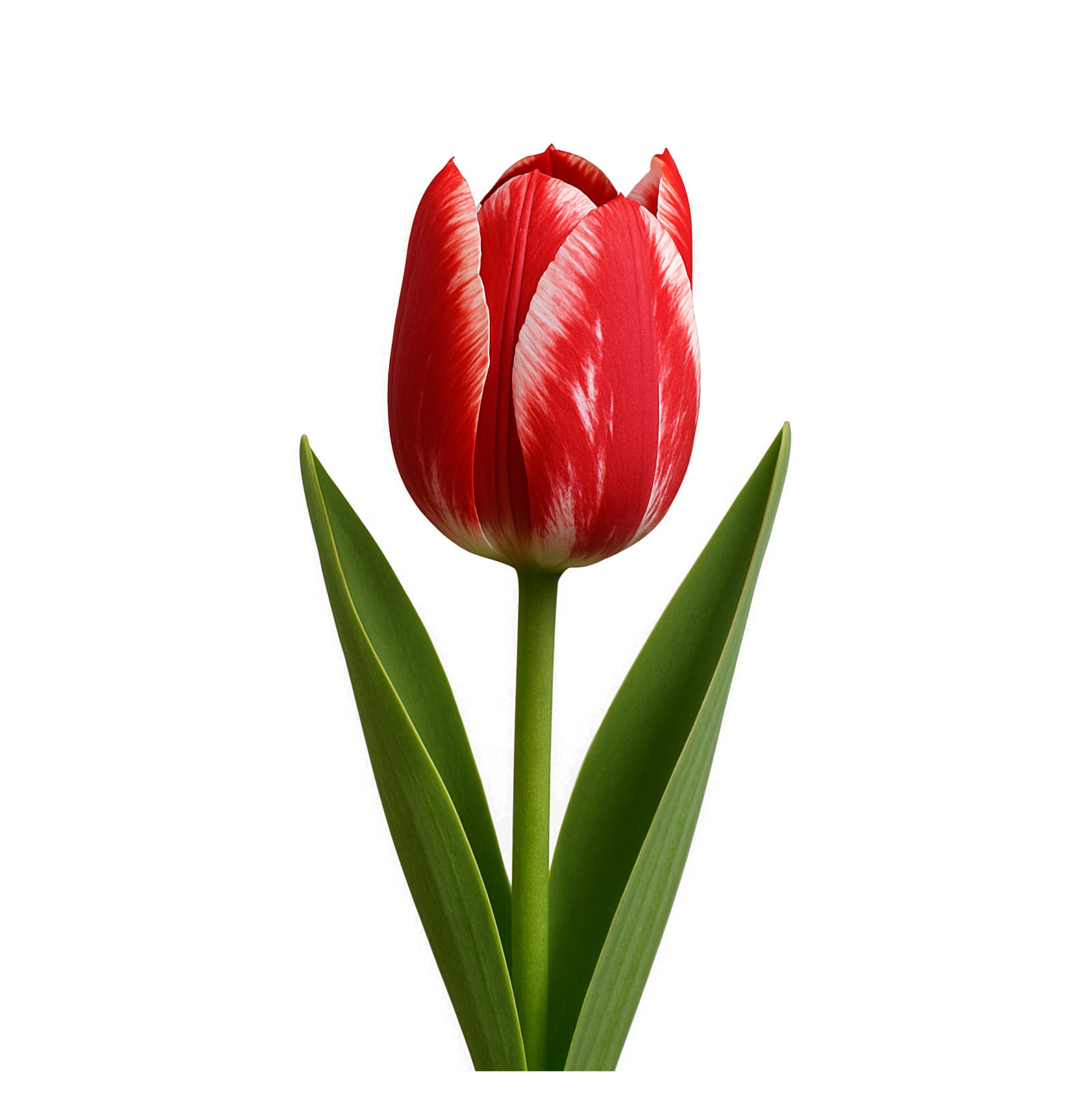 | This tulip with a white background produces the best-looking badge. See image below of badges on clothing. |
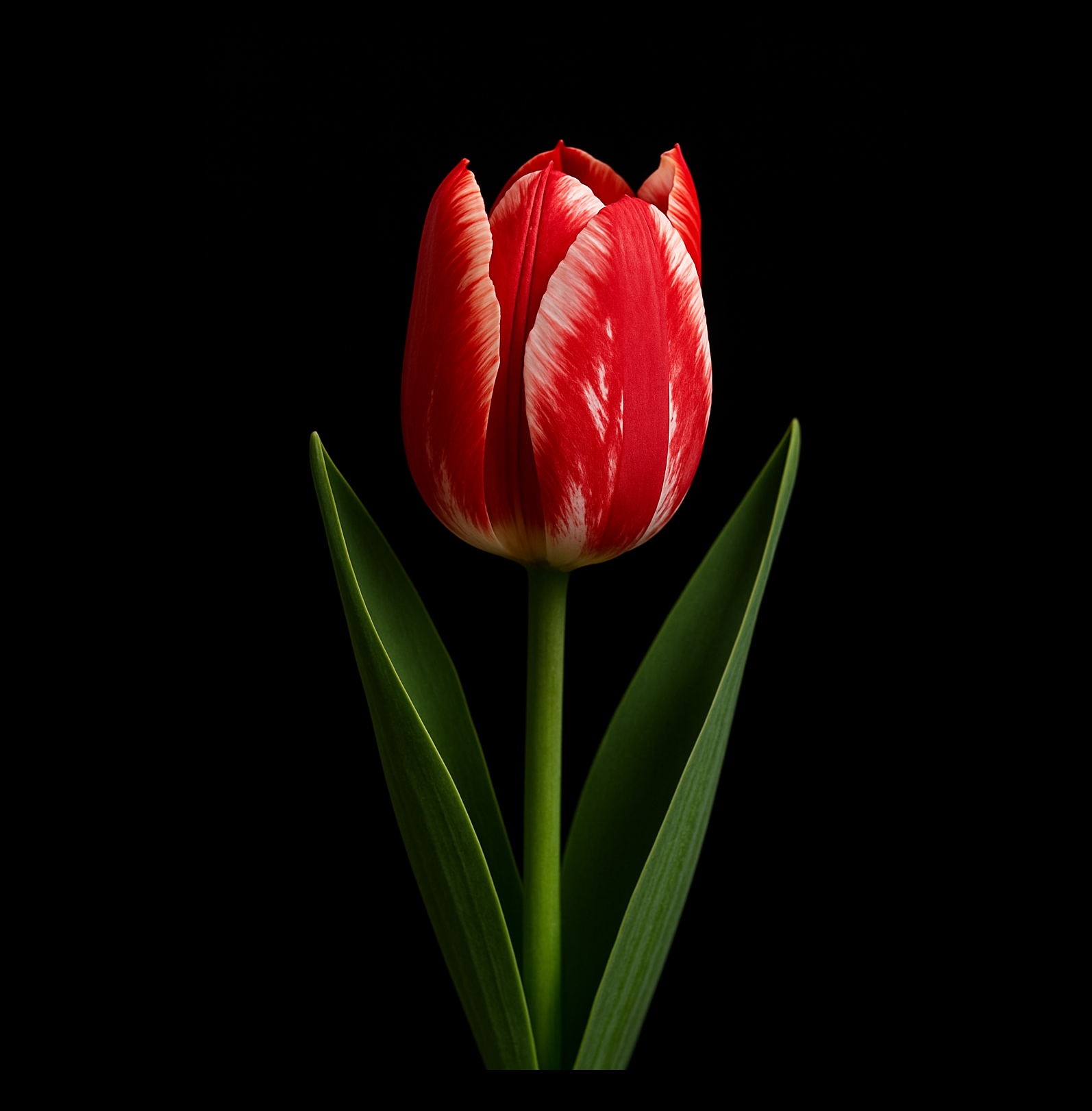 | This black background is, in theory, the same quality. But, as in the image below, the black background means you can see the mottled effect in the plastic covering. This isn’t unpleasant, and black can suit darker clothing. |
 | This is an image with a “transparent” background. Only use this if you are going to use photo editing or graphic design software to integrate the tulip with your organisation’s logo. |
When the image is placed on a badge, although both versions are the same quality, the white version may seem better because the white hides any mottling in the transparent plastic covering:
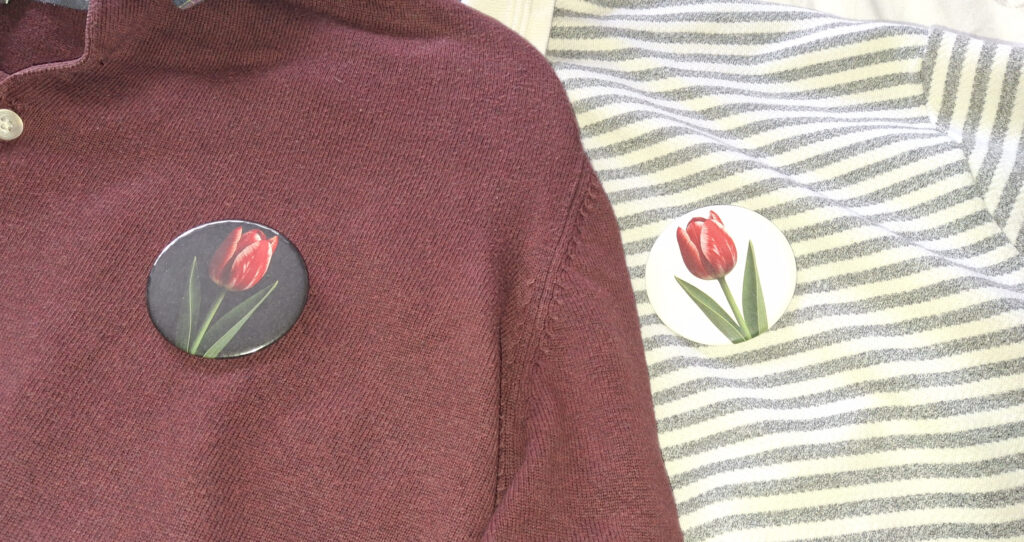
How to get a badge
In order to get a badge for yourself (from just under £6) or buy bulk to sell in fund-raising (from just under 70p) then follow these steps:
1. Choose an image.
For reasons of copyright, I can only recommend you use the tulip on a black or white background above, because all the other symbols are not demonstrably in the public domain. If you are fund-raising, have graphic editing capability, and want to incorporate the image into your local organisation’s logo or name, choose the image with a transparent background.
2. Download the image to your computer.
Right click on the image, then click on “Save image as…” to save it to your computer.
3. Choose a supplier.
Go to amazon, search for ‘custom badges’, and choose an option that suits your price and delivery. At the time of writing (July 2025) there were some options for under £6 (including delivery). However, I chose a slightly more expensive company (£8.49) because they had good ratings, their customisation was easy to use, it was a good-sized badge (6cm diameter), and they offered a full range of prices for just one badge up to 100. The remaining instructions are similar for other suppliers but I have written them based on my experience with Beanprint – https://www.amazon.co.uk/dp/B091FJTF57
4. Choose the number of badges you want.
For Beanprint, five badges are only £2.50 more than one badge. For fund-raising, you may want to purchase many more badges that you can then sell at a charitable profit.
5. Click on “Customise”, follow the instructions, and upload the image you downloaded.
The black or white background images above are designed to fit straight into Beanprint’s dimensions, but other suppliers should be similar. Nevertheless, check that the position and size of the image conforms to Beanprint’s instructions.
6. Add to basket and complete the purchase.
NB: at checkout, the number of items is the number of batches. For example, if you selected 50 badges (at step 4), you only need to select “1” in the number of items in your basket.
Delivery for me from Beanprint was three days after I placed the order.
References
1https://parkinsonseurope.org/parkinsonslife/parkinsons-europe-and-the-history-of-the-tulip/
